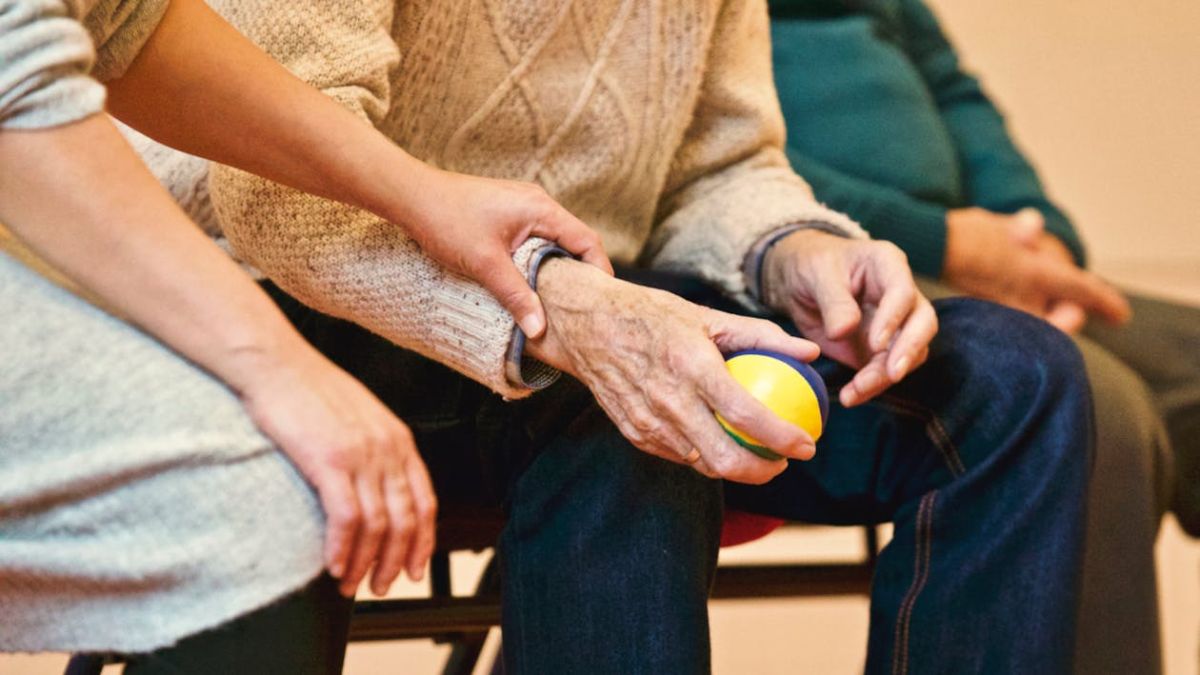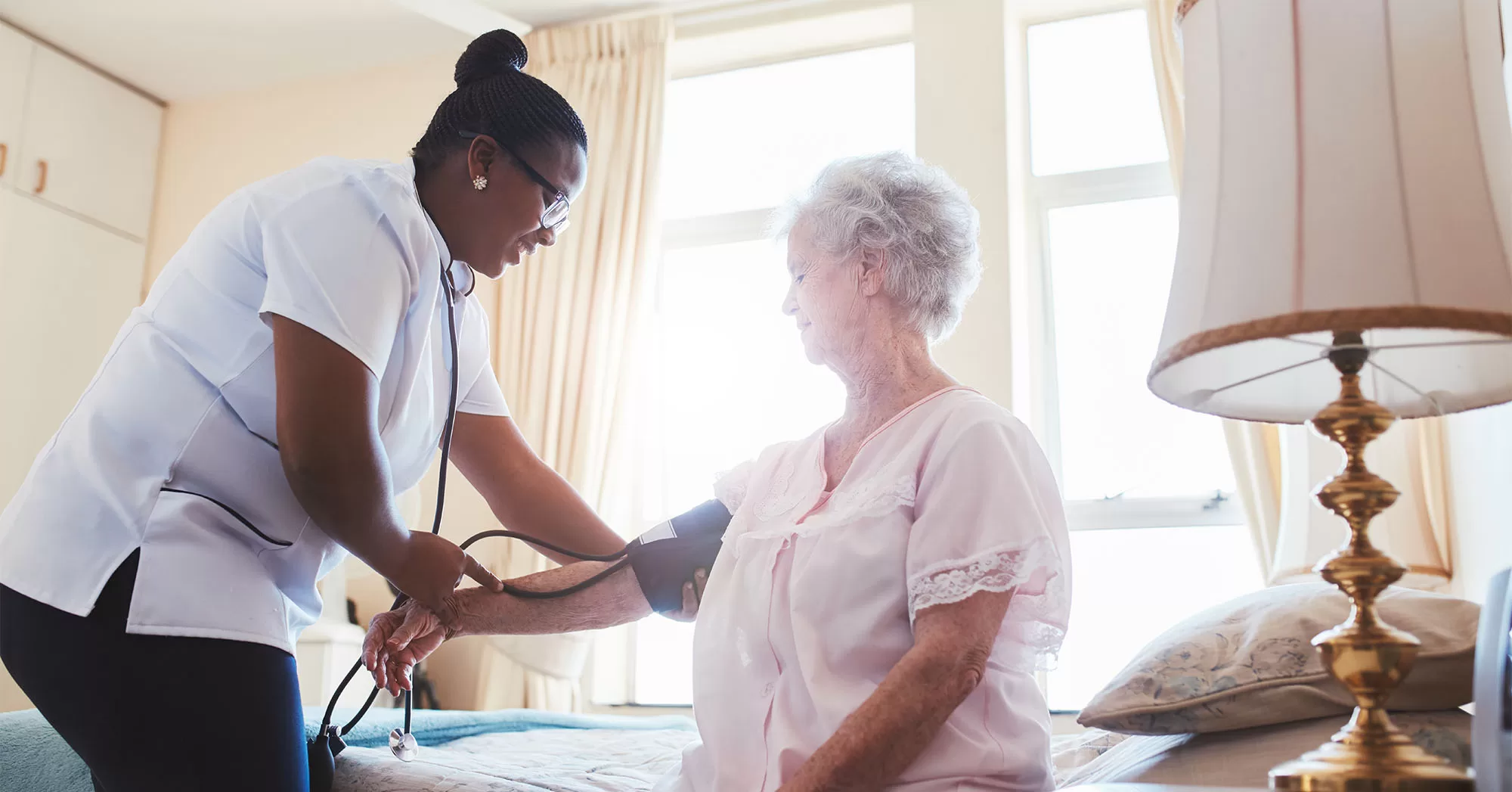Dehydration in seniors can cause serious health issues and is a common cause of hospitalization in people over age 65.
Being hydrated is very important for your client as dehydration can affect the effectiveness of their medications, quality of life, and overall health and well-being.
Sometimes your client may not want to consume as much water as they should, or they might complain about the lack of taste. Certain medications can affect your client’s taste buds and make the entire experience unpleasant.
It’s easier for older adults to become dehydrated; they naturally have a lower volume of water in their bodies and may have conditions or take medications that increase the risk of dehydration.
This means that even illnesses, such as infections affecting the lungs or bladder, can result in dehydration in older adults.
Dehydration also can occur in any age group if you don’t drink enough water during hot weather. Many people, particularly older adults, may not feel thirsty until they’re already dehydrated. That’s why it’s important to increase water intake during hot weather or when you’re ill.
As people age, their body’s fluid reserve becomes smaller, their ability to conserve water is reduced, and they become less aware of their thirst. These problems are compounded by chronic illnesses such as diabetes and dementia and by the use of certain medications. Older adults also may have mobility problems that limit their ability to obtain water for themselves.
But there are quite a few easy methods you can do to get your client to drink more water.
1. Offer other sources of fluids
You don’t have to drink only plain water to get hydrated. Coffee, tea, fruit juice, sweetened beverages, fruits, and vegetables all contain water.
Always stick to your client’s dietary plan and try to use as many nutritious options as possible. While some sources advocate using sugary drinks as a trade-off for clients who may be borderline hydrated, one must be mindful not to create another health crisis while addressing dehydration.
Instead, try serving foods with high water content to increase hydration without drinking fluids. Try foods like watermelon, strawberries, cantaloupe, peaches, oranges, cucumber, lettuce, zucchini, celery, tomatoes, plain yogurt, grapefruit, and cauliflower; the options are endless. As a bonus, these foods also make great meals that cool the palate during the summer as well.
Explore what works with your client, ask them what they like, and don’t be afraid to switch it up.
2. Keep water close by at all times
Sometimes, making it easy for seniors to serve themselves could encourage them to drink more water, especially if they have mobility challenges.
Try keeping a lightweight pitcher of water and a cup near their favorite seat to make it quick and convenient to take a drink. Make sure that the container is easy to use and spill-resistant. If you can source a container that keeps the water cool and maybe even in your client’s favorite color, you can score extra points by making drinking an aesthetic pleasure.
3. Experiment with beverages at different temperatures
Your client may prefer hot drinks, room temperature, or cold. Experiment to find out which type they like better.
Try different things like warming up juices, making decaf iced coffee with cream, or adding plain soda water to make tea or juice bubbly.
You can also add lemon slices, fruit, or other tasty additions to excite the taste buds and avoid dehydration.
4. Try something savory
Those who like savory foods may enjoy drinking hot soup broth instead of a sweet or neutral-tasting beverage.
For convenience, the broth could come from a can, box, or powder. It’s especially comforting in cold weather.
And if your client is monitoring their sodium intake, make sure to get a low sodium broth or consider making homemade broth with less salt.
5. Make popsicles
Homemade popsicles made from fruit juice or a mix of juice and water are a great treat and a great way to encourage your client to consume more fluids and cool down during the hotter months.
6. Offer smoothies, milkshakes, liquid meals, and sports drinks
Some older adults may really resist drinking fluids. If so, you could try enticing them with smoothies, milkshakes, liquid meals, or sports drinks.
If they like the flavor or texture of these options, they may be more willing to drink them regularly; however as previously stated one must take into consideration other health circumstances to make sure preventing dehydration does not spark another crisis.
7. Make it a game or goal-oriented
There is no reason not to have fun while working on upping your client’s water intake. You can source a bottle that encourages the drinker to keep going until they finish its contents; take a quick look online or at your nearest houseware store to see what is available.
You can even create your own rewards system to help your client achieve a specific level of water consumption. You can use a poster, a timer, or even download apps that inspire hydration. If these are out of your reach, make it part of your day to keep track of the number of glasses of water your client drinks and encourage them to reach their daily goals to avoid dehydration.
You can try one or a combination of these tips, but it is important to find your own way to get your client to consume more fluids. Plain water is always the best option that will have no adverse impact on your client’s sugar and sodium intake.
Also bear in mind that your client may have a fluid restriction in their plan of care, which means they are allowed to consume a limited amount of water per day due to certain illnesses. If they have a fluid restriction, they should not be encouraged to drink more than they are allowed. Any challenges should be reported to the supervising nurse or physicians.
The best way to make your client more accepting of approved dietary changes and increased fluid intake is to involve them in the process.
Don’t be shy to ask your client about any difficulties they experience when it comes to drinking water or even detecting when they are thirsty. Don’t risk playing a guessing game; just ask what the problem may be. During a casual, friendly conversation, you may discover that they may be affected by a medication regimen, a bigger health issue, or have just forgotten to drink enough water that day.






